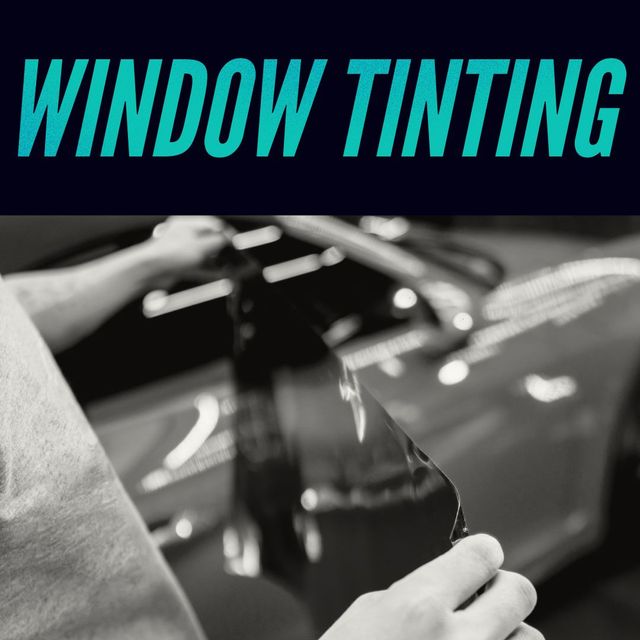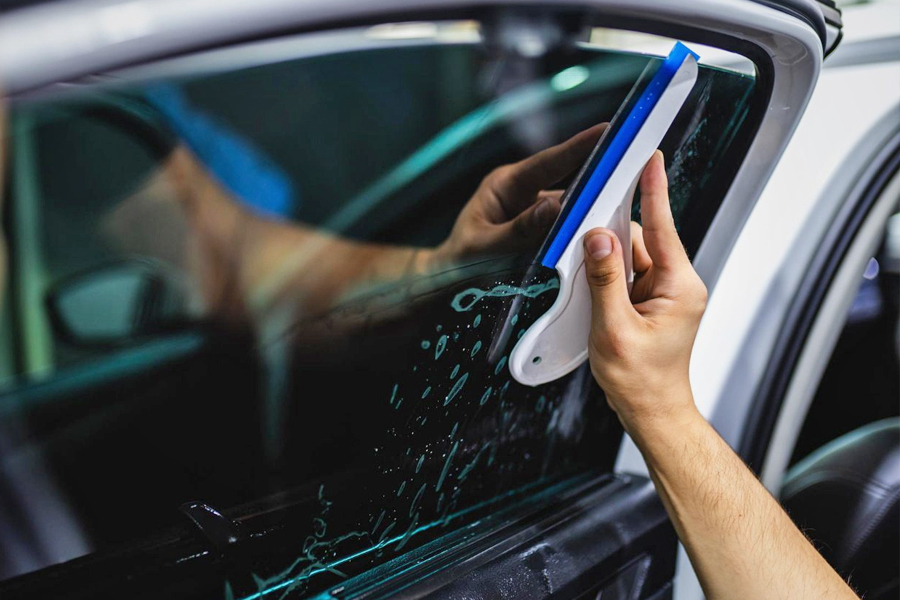Car Window Tinting: What to Expect Throughout the Installment Refine
Car Window Tinting: What to Expect Throughout the Installment Refine
Blog Article
Window Tinting Laws and Standards: What You Need to Know Before Tinting Your Automobile
Before waging home window tinting for your car, it is necessary to familiarize yourself with the varied legislations and guidelines that govern this method across various states. These guidelines determine the permitted levels of tint darkness, usually gauged by noticeable light transmission (VLT) percents, and include specific stipulations for front windscreens intended at ensuring road safety and security. In addition, particular jurisdictions might provide medical exemptions for people with certifying conditions. Understanding these intricacies can save you from possible legal ramifications, but what are the particular guidelines in your state?
Review of Window Tinting Laws
Window tinting regulations are regularly based on variation across various territories, showing local laws and security considerations. These laws dictate the allowable levels of tint darkness and reflectiveness on car windows, ensuring that motorists keep appropriate presence while likewise protecting against harmful UV rays and warm.
A lot of laws categorize home window tinting based upon the Visible Light Transmission (VLT) percentage, which suggests the quantity of light that can pass through the home window. Generally, reduced VLT percentages symbolize darker colors. Regulations commonly distinguish between the front, side, and rear windows, with more stringent restrictions put on the front windscreen to improve security for both the motorist and other roadway individuals.
Conformity with home window tinting guidelines is important, as violations can result in fines, necessary removal of the color, and prospective increases in insurance premiums. It is essential for vehicle proprietors to acquaint themselves with local laws prior to proceeding with window tinting installments.
State-by-State Tint Regulations
Recognizing the particular window tinting regulations in each state is important for vehicle owners looking for to follow the legislation. Each state in the united state has actually established its very own collection of regulations regulating window tinting, which can differ significantly. These policies commonly determine the allowable levels of tint darkness, the types of home windows that can be tinted, and any type of clinical exceptions that may use.
As an example, states like California have strict limitations on color darkness for front home windows, while others, such as New Mexico, might permit darker colors. Additionally, particular states mandate details presence portions for numerous home windows, consisting of the windscreen, front side windows, and back windows. It is essential for car owners to acquaint themselves with their state's regulations to prevent potential penalties or charges.
Furthermore, some states might require a certification sticker to be positioned on tinted home windows, suggesting conformity with state regulations. Failure to follow these laws not just takes the chance of lawful consequences yet can likewise affect security and presence while driving. Lorry owners should conduct complete study or speak with neighborhood authorities to make certain complete understanding and conformity with state-by-state tint guidelines.
Allowed Color Degrees and Kinds
Numerous lorry proprietors might be amazed to learn that allowed color degrees and types differ commonly across different states. Each state has actually established its very own policies pertaining to the acceptable darkness and reflectivity of home window color, typically measured by Visible Light Transmission (VLT) percents. VLT describes the amount of light that can go through the tinted home windows; thus, a lower percent shows a darker color.

Moreover, the sorts of tint materials permitted can vary, with some states forbiding mirror-like or metal surfaces. It is important for vehicle owners to acquaint themselves with their state's details legislations to make sure conformity. Non-compliance can result in penalties, necessary elimination of the color, or various other legal effects, making it crucial to recognize these policies before waging installation.
Medical Exemptions for Tinting
While not all states offer allowances for medical exceptions relating to home window tinting, those that do identify the requirement for specific individuals to improve exposure and comfort as a result of clinical conditions. Various clinical conditions, such as lupus, skin cancer, and particular eye conditions, can make individuals particularly conscious sunlight. As a result, these people might need darker tints to protect themselves from damaging UV rays and glare.

It is very important to keep in mind that despite a medical exception, there might still be limitations on the degree of color enabled. Compliance with state regulations ensures that people are both safeguarded and within lawful limits. Those taking into consideration medical exceptions need to contact their read the article regional Department of Motor Vehicles or equivalent authority to comprehend the procedures and requirements required to get an exemption effectively.
Penalties for Non-Compliance
Falling short to abide by window tinting legislations can cause significant charges, which vary by state. Regulation enforcement companies are empowered to provide citations for lorries that do not comply with the defined tinting regulations. These penalties commonly consist of fines, which can range from small total up to a number of hundred dollars, depending upon the severity of the violation and the state concerned.
In some territories, repeated offenses might result in intensifying penalties or pop over here added charges, such as compulsory court appearances. Non-compliance may demand the removal of illegal tinting, usually at the owner's expense. In extreme situations, regular wrongdoers may encounter suspension of their automobile registration till conformity is attained.
Additionally, insurance coverage effects might emerge from obtaining numerous citations for window tint offenses. Insurance firms may view such violations as a sign of riskier behavior, possibly resulting in enhanced premiums or difficulty in coverage.
To avoid these fines, it is important for car proprietors to acquaint themselves with their neighborhood window tinting regulations and make certain that their lorry complies (Window Tinting). This positive technique not just prevents legal implications yet likewise promotes road safety and security
Verdict

Many regulations identify window tinting based on the Visible Light Transmission (VLT) portion, which suggests the quantity of light that can pass with the home window. Compliance with window tinting guidelines is important, as violations can result in fines, obligatory removal of the color, and prospective boosts in insurance premiums.Comprehending the certain window tinting regulations in each state is crucial for automobile proprietors looking for to abide with the law. These policies frequently determine the allowed degrees of color darkness, the types of windows that can be tinted, and any kind of clinical exemptions that may use.
For circumstances, states like California have stringent limitations on color darkness for front windows, while others, such as New Mexico, might permit darker tints.
Report this page